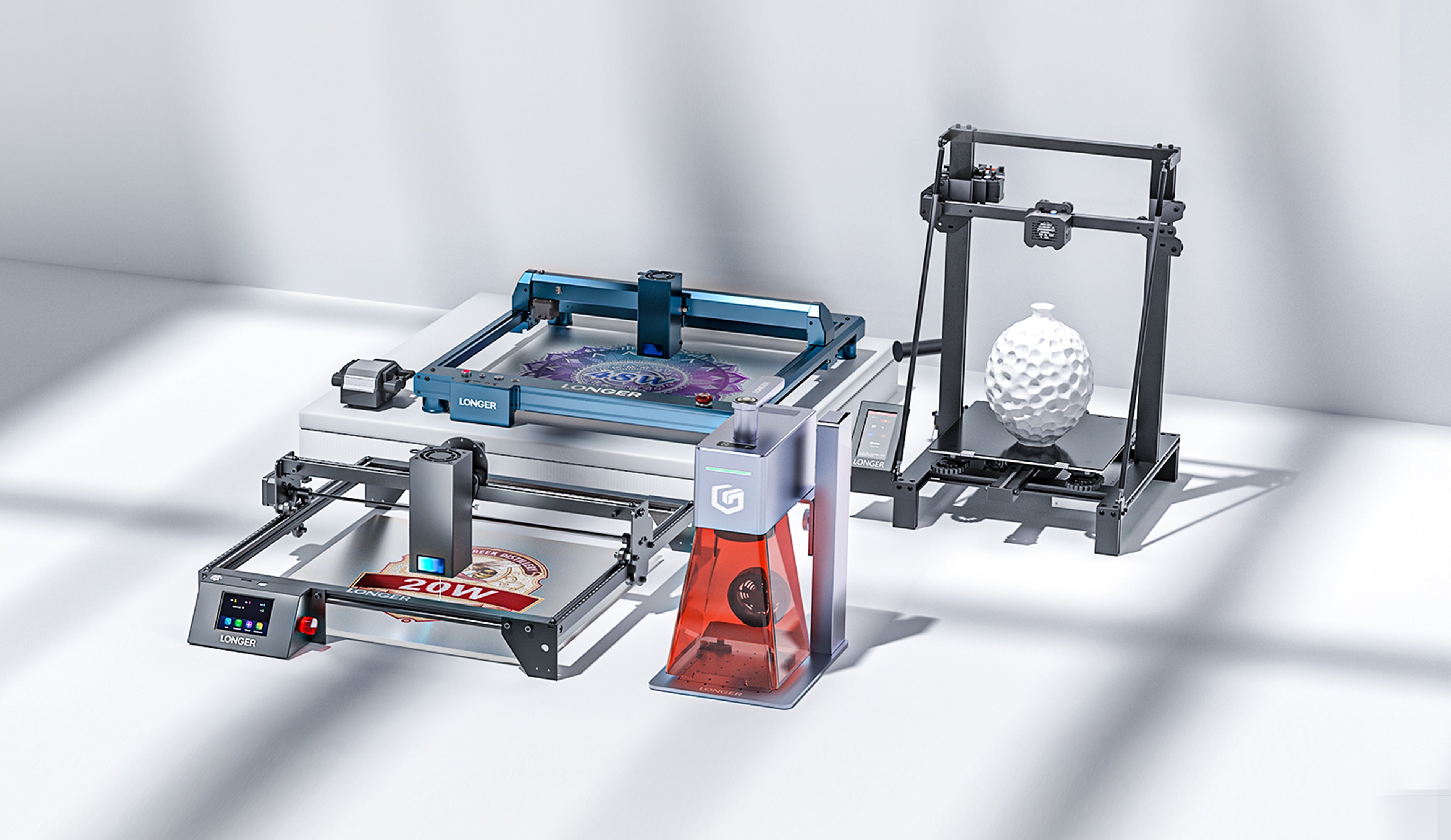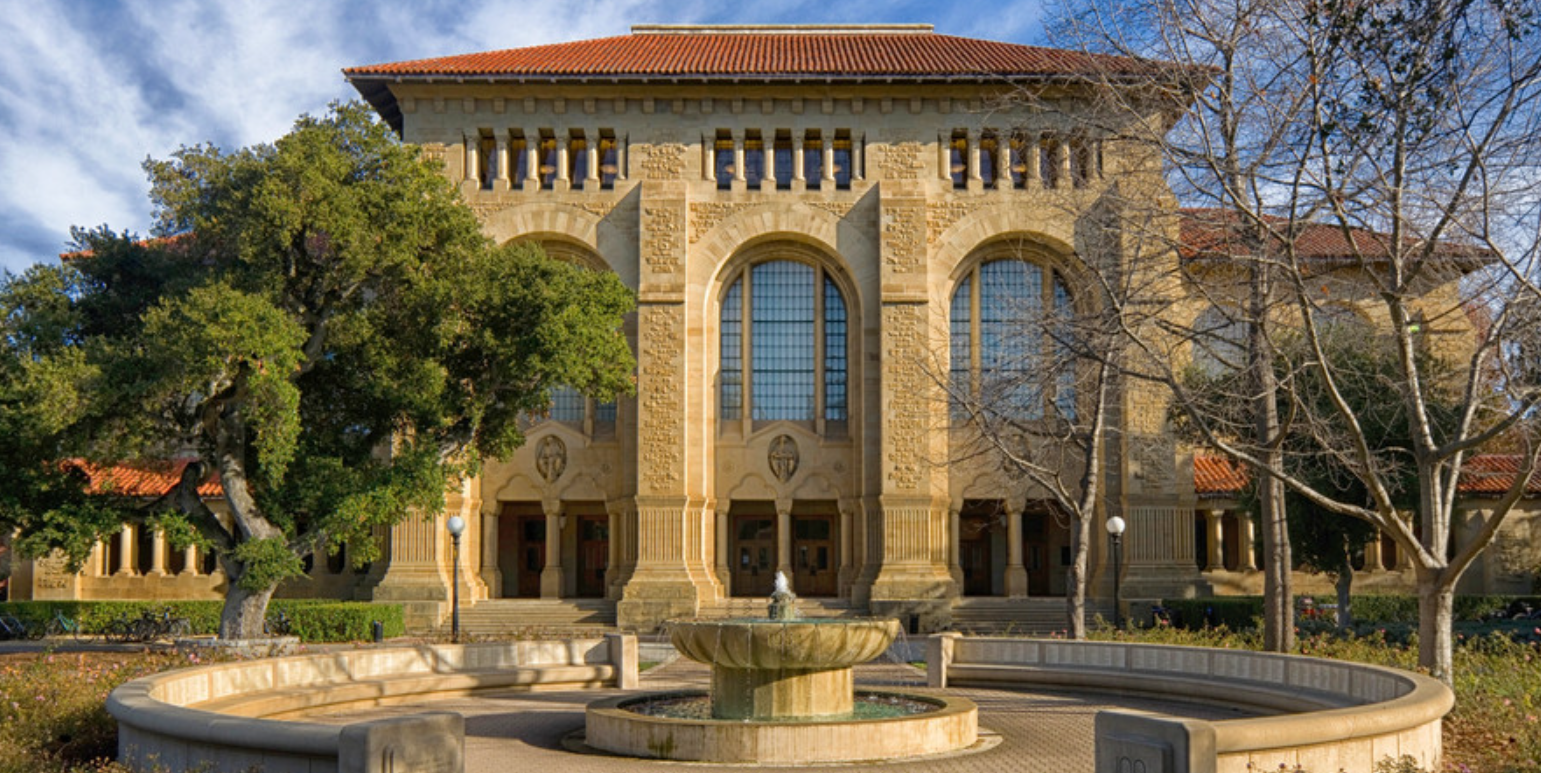Trending searches
Popular collections
Carro ($0)
Carro ($0)






ABSTRACT
Laser engraving technology has emerged as a powerful tool for promoting sustainable development and environmental conservation. By leveraging the precision and versatility of machines like the Laser B1 30W, individuals and companies can make significant contributions to reducing waste and conserving resources. This advanced laser engraver, featuring diode laser technology, a working area of 450x440mm (17.72x17.32 inches), a laser wavelength of 450nm, and a fixed focus of 50mm, is designed to support various eco-friendly initiatives.
Introduction
One of the primary benefits of laser engraving is its high material utilization rate. Unlike traditional cutting and engraving methods, laser engraving uses a focused beam of light to achieve precise markings with minimal material waste. This efficiency is particularly valuable in reducing resource consumption and minimizing the environmental impact of manufacturing processes.
The flexibility of the Laser B1 30W, with an optical output power of 30W and the ability to cut through 20mm plywood and 10mm acrylic in a single pass, allows it to work with a wide range of sustainable materials. This includes biodegradable and recycled resources like bamboo and reclaimed wood, which are increasingly popular in eco-conscious industries. By supporting the use of these materials, laser engraving technology helps drive the shift towards more sustainable production practices.
Repurposing discarded plastics
Repurposing discarded plastics is another area where laser engraving excels. By cutting and carving waste plastic bottles, it is possible to create intricate vases, ornaments, and other decorative items. This process not only reduces plastic waste but also transforms it into valuable products, demonstrating the potential for innovative recycling solutions. The Laser B1 30W’s capability to handle such tasks efficiently is a testament to its versatility and effectiveness.
Tin and aluminum cans
Similarly, laser engraving can be applied to repurpose discarded metals. Materials like tin and aluminum cans, often considered waste, can be transformed into artwork and sculptures through grinding, cutting, and carving. This not only recycles valuable metal resources but also enhances the aesthetic quality of the environment. The Laser B1 30W, with its ability to cut up to 25mm plywood, 50mm acrylic, and 0.1mm stainless steel, is well-suited for such applications.
Creative use of other waste materials, such as glass bottles and cardboard, further highlights the environmental benefits of laser engraving. By designing and engraving on these materials, individuals can reduce environmental degradation and foster a culture of environmental awareness. The Laser B1 30W supports this creativity with its compatibility with various image formats (JPG, PNG, BMP, GIF, SVG, AI, etc.) and connection options (USB/TF Card/Wifi).
The high precision and efficiency of the Laser B1 30W are critical for achieving detailed and high-quality engravings. With a fastest working speed of 36000mm/min, this machine can handle intricate designs quickly and accurately. Its rated power of 145W and six diode lasers with FAC technology ensure consistent performance and long-lasting results, making it an ideal choice for environmental conservation projects.
In practice, laser engraving with the Laser B1 30W can be applied to numerous conservation efforts. For example, repurposing plastic waste by etching designs on bottles transforms them into attractive home decorations, reducing plastic pollution. Similarly, transforming discarded metals into sculptures prevents random disposal and promotes recycling. Engraving on other waste materials like glass and cardboard not only reduces waste but also raises awareness about environmental protection.
Conclusion
In conclusion, owning a laser engraving machine like the Laser B1 30W offers significant advantages for environmental conservation initiatives. Its precision, versatility, and efficiency enable the repurposing of waste materials, promoting recycling, and reducing resource consumption. By integrating this technology into conservation efforts, individuals and companies can make meaningful contributions to sustainability and environmental protection.
RELATED POSTS
!






